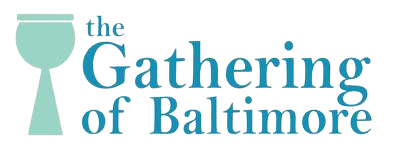What is a central message of the poem Dulce?
What is a central message of the poem Dulce?
The main theme of this poem “Dulce et Decorum Est” by Wilfred Owen is the war violence. Connected themes are those of suffering and patriotism.
What are the main images in Dulce et Decorum Est?
His “white eyes writhing in his face”, “his hanging face”, the blood jolts “gargling from the froth-corrupted lungs” — all are expressive of the tragic situation the soldiers have to face in war. So, imagery is the device the poet has employed in the poem ‘Dulce et Decorum Est’ to convey his anti-war message.
What is Dulce et Decorum Est analysis?
The Horror and Trauma of War Wilfred Owen wrote “Dulce et Decorum Est” while he was fighting as a soldier during World War I. The poem graphically and bitterly describes the horrors of that war in particular, although it also implicitly speaks of the horror of all wars.
What is the irony of Dulce et Decorum Est?
Owen mocks war in his poem, “Dulce et Decorum Est” by showing how sweet and fitting it is to die for one’s country. Both of the poems use irony to present to the reader the pity of war, how there is nothing heroic about the “unknown citizen” and how the two poets have a similar intention on writing these poems.
What is the tone of the poem Dulce et Decorum Est?
The tone of this poem is angry and critical. Owen’s own voice in this poem is bitter – perhaps partly fuelled by self-recrimination for the suffering he could do nothing to alleviate. Owen dwells on explicit details of horror and misery in order to maximise the impact he wishes to have on those who tell the ‘old Lie’.
What point of view is Dulce et Decorum Est?
“Dulce et Decorum Est” is told from the viewpoint of a soldier. The speaker is a character in the poem, and the use of “we” and “I” determine that the poem is written in first person point of view. The speaker addresses those who would present the idea of fighting as a soldier in the war, as a noble and heroic action.
